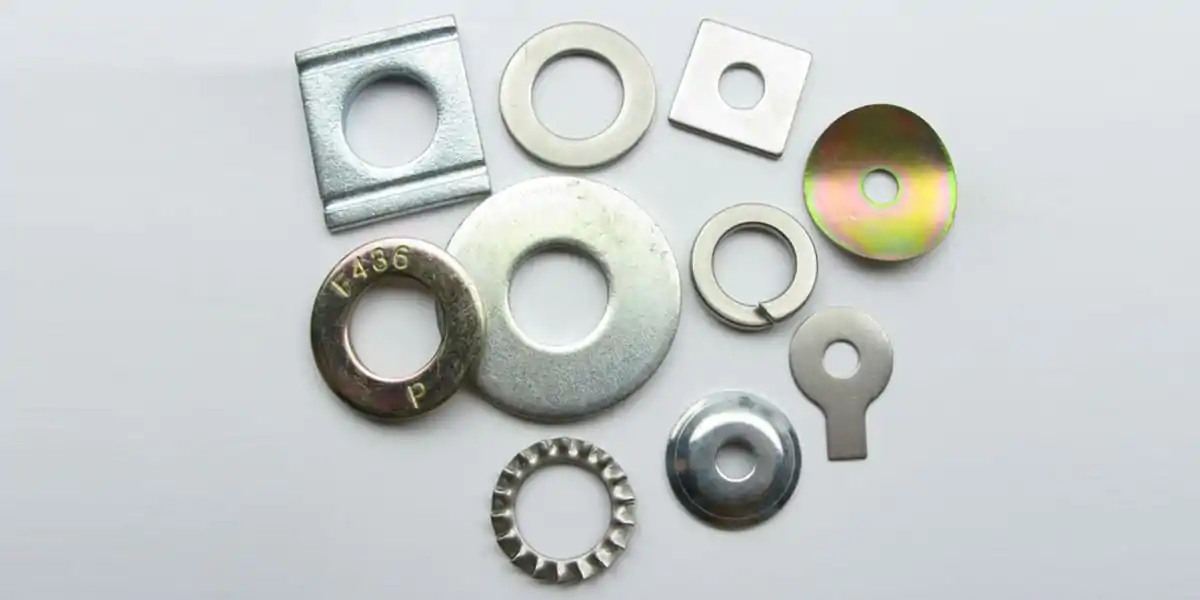Threaded fasteners are essential components in various industries, providing a reliable means to join materials together. This guide will explain what threaded fasteners are, their types, and how to install them effectively.
What Are Threaded Fasteners?
Threaded fasteners are mechanical connectors featuring spiral threads that allow them to screw into materials, creating a secure hold. By turning, they transform rotational force (torque) into linear motion, making a strong bond between components. Here are the most common types:
- Screws: Inserted directly into materials without a nut, often used for wood or metal.
- Bolts: Paired with nuts to fasten parts without threads.
- Nuts: Female-threaded parts that fit over bolts to secure them.
- Washers: Placed under fasteners to distribute load and protect surfaces.

Key Characteristics
- High Tension Strength: Threaded fasteners are designed to resist pulling forces, ensuring sturdy connections.
- Wide Range of Applications: Available in various sizes, materials, and thread types, they’re essential in automotive, aerospace, construction, and electronics.
Types of Threaded Fasteners and Their Applications
There are countless types of threaded fasteners, each with its unique purpose. Here are some of the most common types and where you might use them:
- Screws
Screws are fasteners with external threads, designed to be driven directly into materials without a nut. They’re widely used in applications like woodworking, furniture assembly, and electronics. Types include wood screws, machine screws, and self-tapping screws, each suited to specific materials and applications. - Bolts
Bolts are externally threaded fasteners typically used with nuts to secure components that lack internal threads. They’re commonly used in construction, machinery, and automotive applications where strong, removable connections are needed. Types include hex bolts, carriage bolts, and anchor bolts. - Nuts
Nuts are internally threaded fasteners that pair with bolts to secure a connection. They come in various forms—hex nuts, lock nuts, and flange nuts—to meet diverse needs, from high-vibration environments to heavy-load applications. - Washers
Washers are flat, typically circular discs placed under nuts or bolt heads to evenly distribute load and prevent surface damage. Common types include flat washers, lock washers, and spring washers, each enhancing fastener performance and longevity in different settings.
Choosing the Right Threaded Fastener for Your Project
Selecting the right threaded fastener depends on a few key factors: the material, load requirements, and environmental conditions. For example, stainless steel bolts are ideal for outdoor projects because they’re rust-resistant, while high-tensile bolts are better for heavy loads in industrial settings.
Here’s a quick guide:
- Wood Projects: Screws with coarse threads provide a strong grip in softwoods.
- Metal to Metal: Fine-thread bolts are preferred as they offer greater strength.
- Outdoor or Corrosive Environments: Stainless steel or coated fasteners are essential to prevent rust.
Choosing the correct fastener is all about matching your project’s needs with the fastener’s properties. When in doubt, consult a fastener specialist—someone like us at Hengrui!
Step-by-Step Guide to Installing Threaded Fasteners Correctly
Proper installation is key to ensuring that your fasteners hold firm and perform well over time. Here’s a simple step-by-step guide to getting it right:
- Prepare the Materials: Mark where you’ll place the fasteners and check alignment. Misaligned fasteners can weaken the connection.
- Pre-drill Pilot Holes (if needed): For hard materials or larger screws, drill a pilot hole to prevent splitting or cracking. This step is crucial when working with wood or masonry.
- Insert the Fastener: Place the fastener into the pilot hole and begin turning it clockwise. Use a screwdriver or drill for screws, and a wrench for bolts and nuts. Apply steady pressure and avoid forcing the fastener.
- Tighten Carefully: Tighten until the fastener is secure but avoid over-tightening, which can strip threads or damage the materials. If you’re using a nut, make sure it’s tightened firmly against the material.
- Double-Check Your Work: Check the fastener’s alignment and make sure it’s secure. For safety-critical applications, like structural connections, it’s a good idea to use a torque wrench to ensure proper tension.
Common Mistakes to Avoid with Threaded Fasteners
Even experienced pros can face issues with threaded fasteners. Here are some common mistakes and how to avoid them:
- Over-Tightening: Tightening too much can strip the threads or even break the fastener. Stop when it feels secure, or use a torque wrench to get the right force.
- Using the Wrong Size or Type: Each fastener is made for a specific job. For example, a wood screw in metal won’t hold well. Always match the fastener type to the material you’re working with.
- Ignoring Corrosion Resistance: If the project will face moisture, choose corrosion-resistant fasteners. Rust weakens the hold over time, which can be unsafe and lead to costly repairs.
- Skipping Pre-Drilling: For harder materials, pre-drilling helps avoid splitting or misalignment. Skipping this step often leads to broken or poorly secured fasteners.
Avoiding these mistakes can save time and make your project more durable. If you’re unsure, feel free to reach out—we’re here to help!
Conclusion
Threaded fasteners may seem simple, but they’re the backbone of countless projects. Choosing the right fastener, installing it correctly, and avoiding common mistakes can make all the difference in your project’s success. Whether you’re a professional or a DIY enthusiast, understanding threaded fasteners is essential for creating sturdy, reliable connections.
Need help with your fastener selection? At Hengrui, we offer a range of high-quality fasteners and custom fastener and expert advice to make sure your project stands the test of time. Contact us at info@hrfastener.com or explore our full selection on our website!
We hope this guide helps you tackle your next project with confidence.









